Try and ExperienceIf you are thinking of doing something different from the traditional sightseeing tour, check this page. There are many facilities in Hakone and Odawara that offer varieties of activities you can participate in. Our guide can discuss with you which and where to have these experiences. Please understand that most of them require a reservation in dvance, extra-fee and possible cancelation fee. |
Matcha tastingMatcha is powdered green tea used in a traditional Japanese tea ceremony. You can try matcha and Japanese sweet in the traditional Japanese style tea house, Haku-undo Tea House, built in Gora Park about 100years ago. You can taste Matcha also in some restaurants or cafes in Hakone and Odawara.  |
Hakone Yosegi-zaikuHakone Yosegi-zaiku is the traditional woodwork handed down in Hakone area from Edo period (1603~1867). It uses various colored natural wood pieces to produce traditional Japanese-style patterns such as "ichimatsu" or flax leaves. The typical product is the box with beautiful patterns which requires many steps to be opened, like a puzzle box. Some of the Yosegi-zaiku shops offer making an own Yosegi-zaiku by yourself. 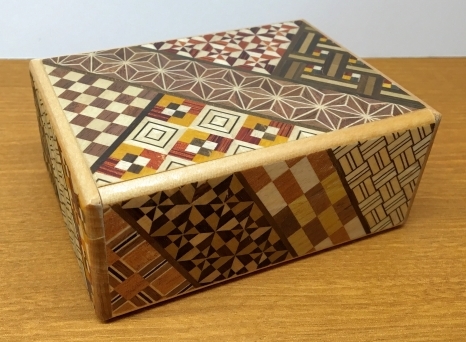 |
Glassblowing, making glass beads (Tonbo-dama)Glassblowing is a glass-forming technique that involves inflating molten
glass into a bubble with the aid of a blowpipe. Some shops offer glass blowing, tonbo-dama making or ceramic making lessons.
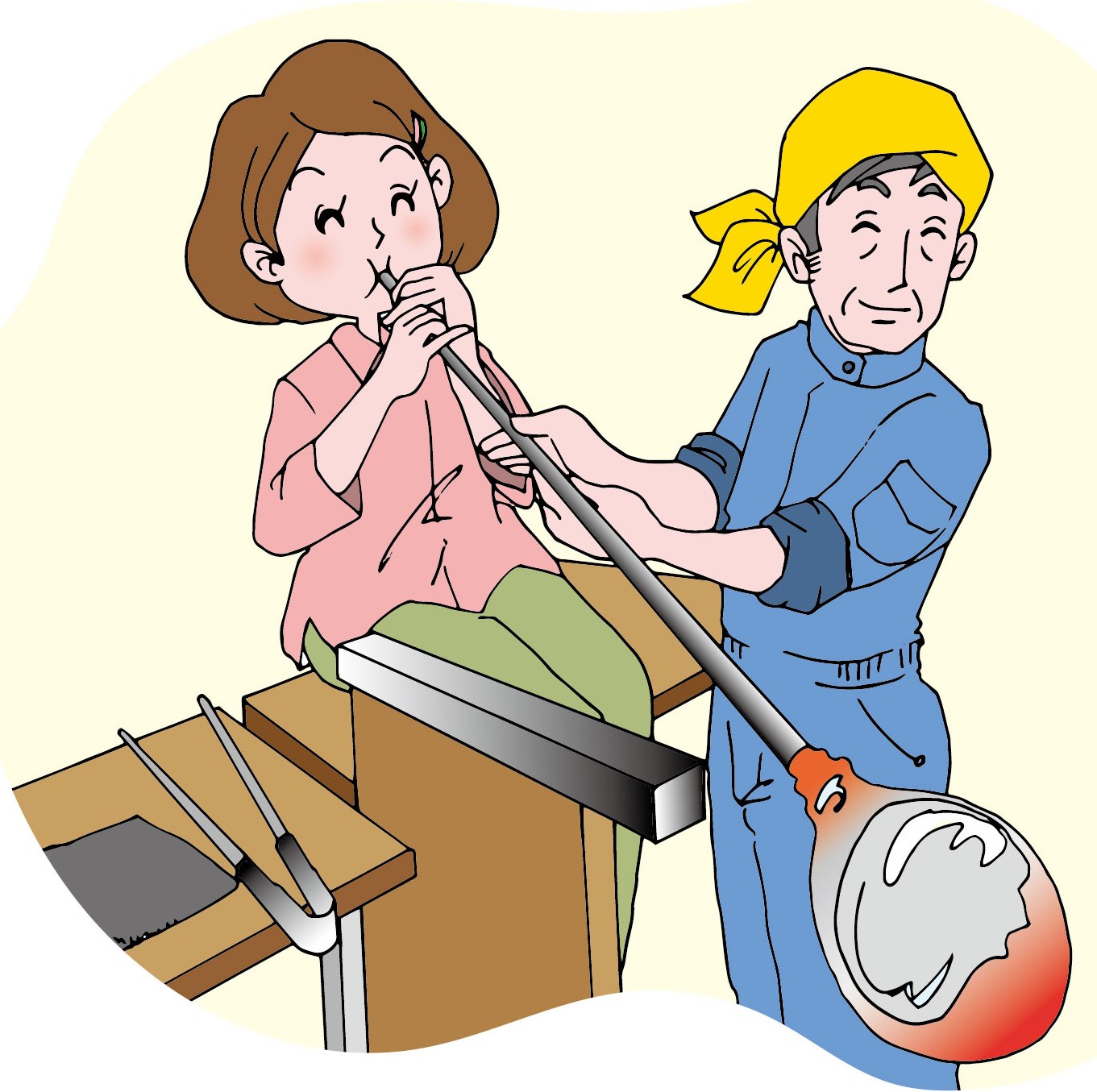 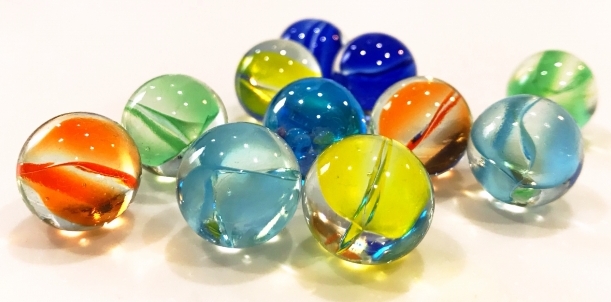 |
Soba noodle making and tastingSoba noodles are made of buckwheat flour, a little thinner than spaghetti,
and served in various hot and cold dishes. Soba restaurants are very popular
nationwide and easily found in Odawara and Hakone. The following examples
are basic soba dishes. 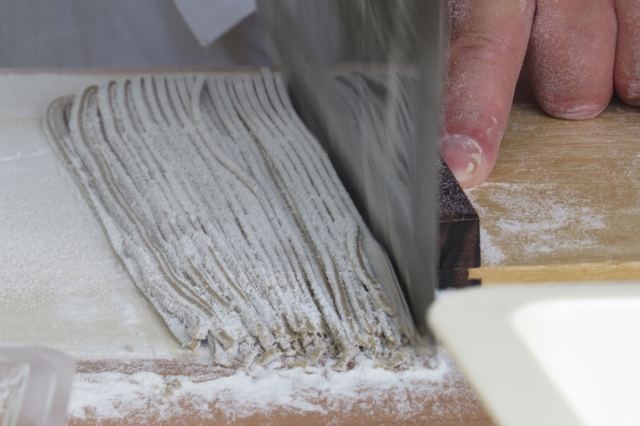 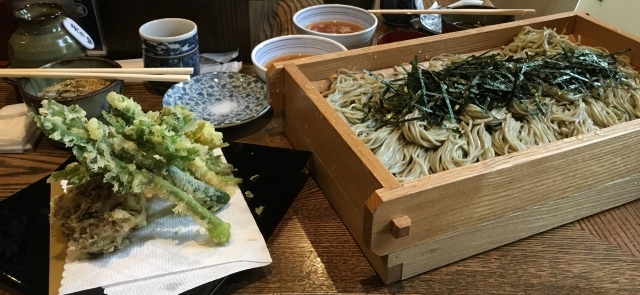 |
Kamaboko and Chikuwa makingKamaboko is a seafood product that is steamed, baked, fried or poached. Kamaboko is made from white fish, which is filleted, pounded into a paste, mixed with salt, sugar, egg whites, fish sauce and Japanese sake. You can enjoy the goodness of fish with a delicious flavor and a unique texture, smooth and chewy. See more here. Chikuwa is a cooked fish cake in the shape of a tube with a small center. Chikuwa is made from similar fish paste used for Kamaboko. The fish paste is molded around a stick, bamboo or metal, then steamed or baked. You can make Kamaboko or Chikuwa by yourself and taste it at the workshop in Odawara Suzuhiro Kamaboko Village. 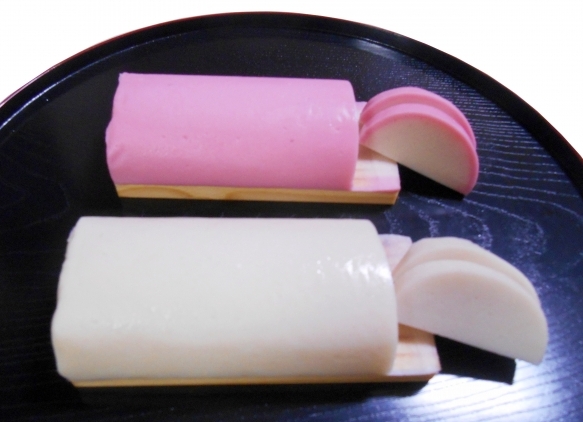 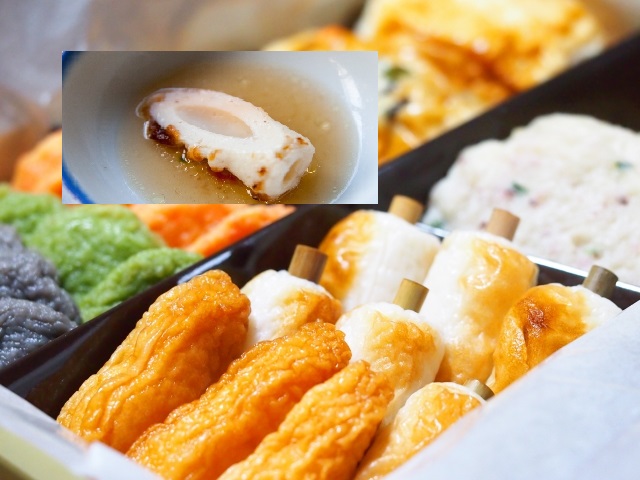
|
Sake making process and tastingJapanese Sake is the most traditional alcohol beverage originated in Japan.
As you know in Dec. 2013, “Washoku”, Traditional Japanese cuisine has been
added to an intangible cultural heritage list of UNESCO. Without doubt,
Japanese Sake fits very well to Washoke, but also the harmony of Japanese
Sake with Western style dishes has been well recognized among Western countries.
 |
ZazenIn Zen Buddhism, Zazen is a meditative discipline that is typically the primary practice. Zazen is performed while seated with the legs crossed and each foot resting on the opposite thigh. When you do Zazen, find a quiet place where you can sit without disturbances. While doing Zazen you do not concentrate on any particular object or control your thought. When you maintain a proper posture and your breathing settles down, your mind will naturally become tranquil. The essential thing in doing Zazen is to awaken from distraction and dullness, and return to the right posture moment by moment. Daiyu-zan Saijyo-ji Temple offers Zazen trial periodically. 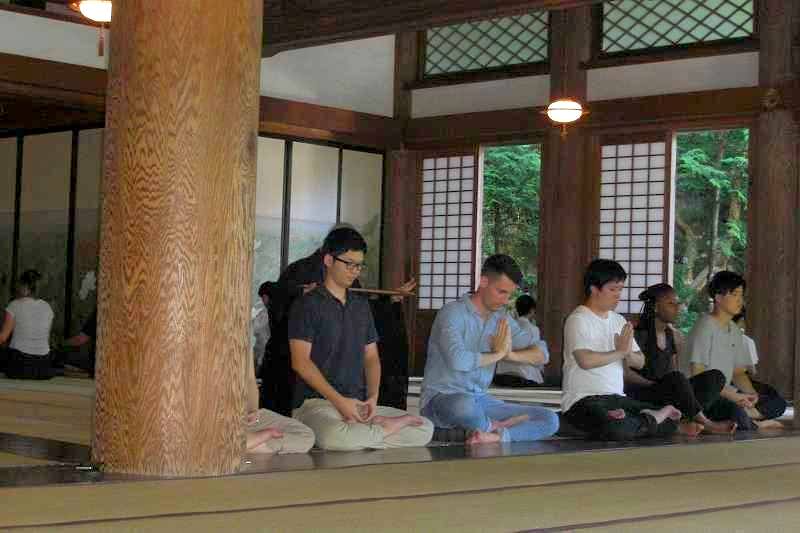 |
Mikan (a kind of Japanese orange) pickingMikan is a sweet seedless and easy-peeling citrus that is very similar
to tangerine oranges. The Mikan fruit is mainly produced in Wakayama, Shizuoka
and Ehime Prefecture in Japan, but also many Mikan orchards are located
at the south side slopes in Odawara area. Mikan is one of the most popular
fruits during the winter season. 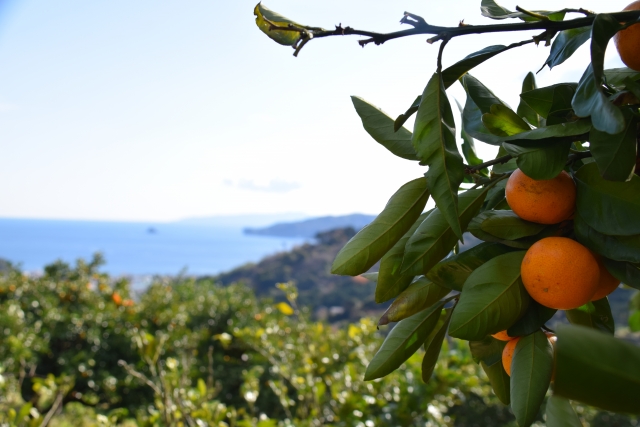 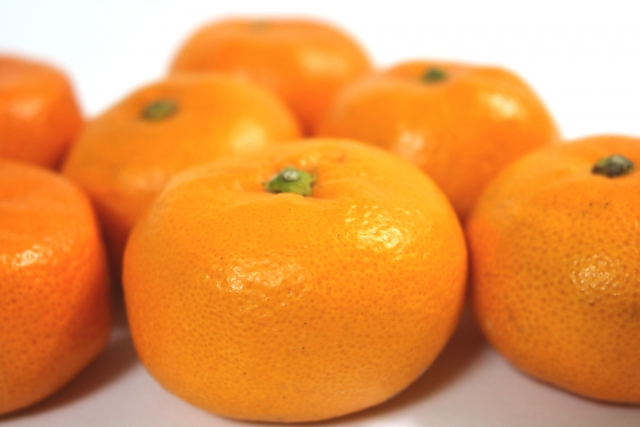 |